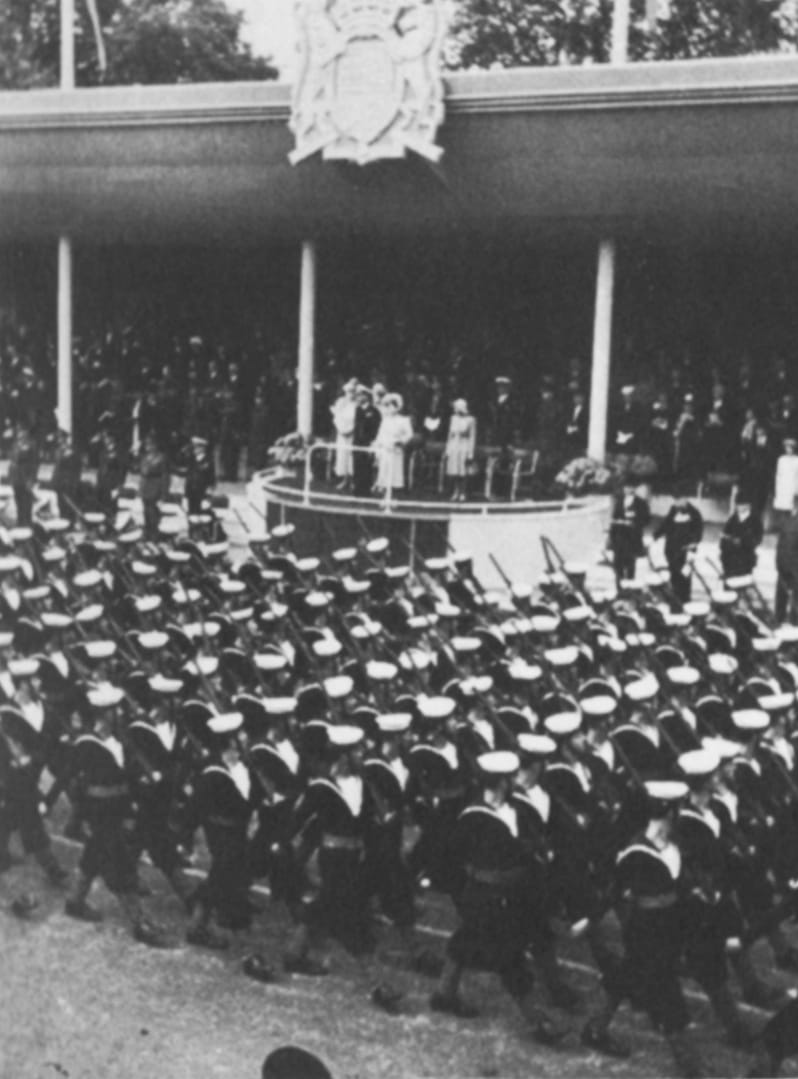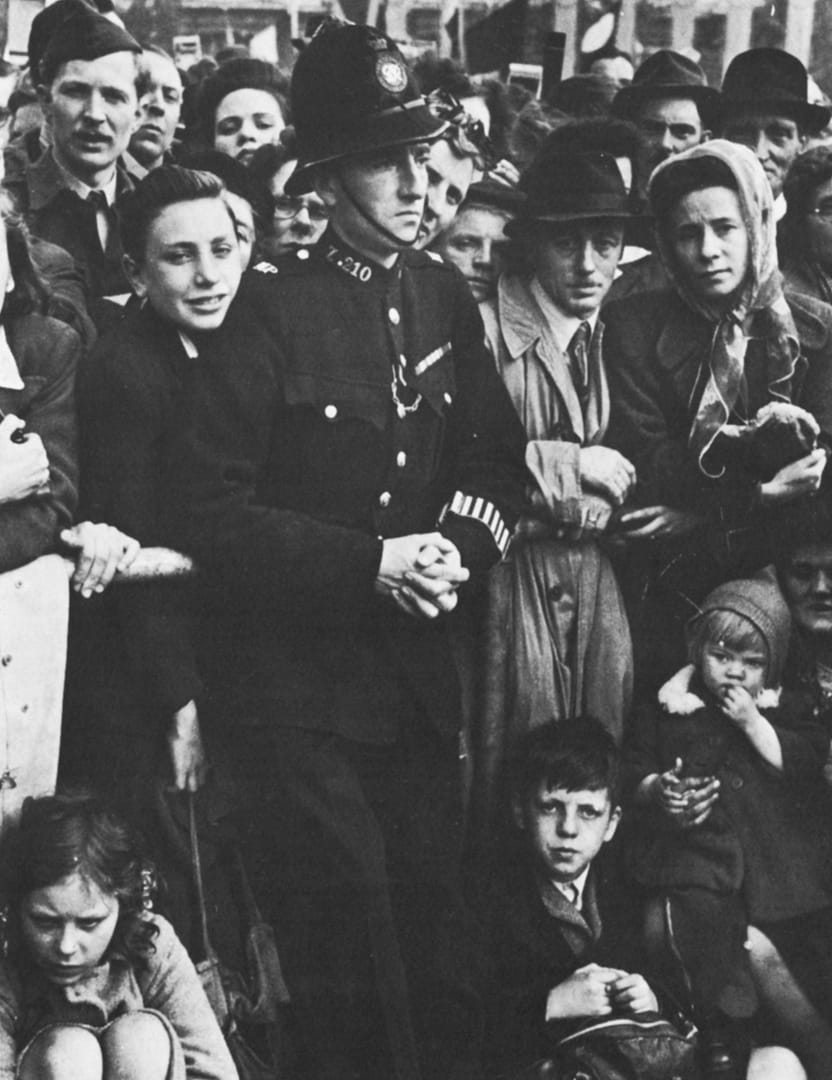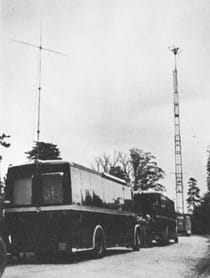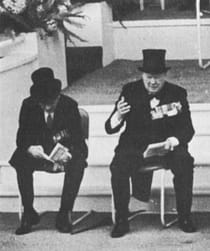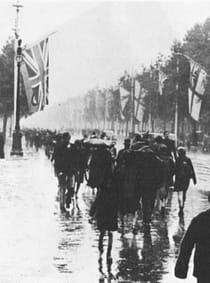Richard Dimbleby’s first year for BBC News hardly foreshadowed what he was to mean to broadcasting. But there were some signs of things to come that we in the newsroom could detect and appreciate in his early reports. On small as well as great occasions he already had a gift for finding the true keynote for each composition. He brought enthusiasm for the essence of each story and found words that blew a wind of change through BBC bulletin style. Perhaps there was still the odd newspaper cliché, but he was beginning to find how to convey grandeur without being emptily pompous; how to be vivid and colloquial without cheapness and without gimmicks.
Sometimes the signs of the future Dimbleby were particularly clear to see: in his reporting of the great Fenland floods of March 1937, for instance. Anyone expecting only another reporter on yet another flood story could soon see how significantly the dimensions were to be enlarged. For the first time – the first of so many times – he became part of the story himself. Knowing what we do of him some thirty years afterwards, we can read a good deal between the staid lines of a Times report soon after the floods had started: ‘Contact between the Great Ouse Catchment Board headquarters in Ely and workers at various points has been maintained by means of messages broadcast frequently by the BBC.’ Richard had, in fact, characteristically got himself to the heart of this network of control, communication and reporting. Here was the future ‘anchorman’ – a word oddly appropriate to what he was doing on board the barges in the floodwaters of the Fens.
There was something about his reporting of the scene that was also to become a hallmark of his work: the careful mastery of highly specialised facts. He did not deal in vague descriptions of ‘hundreds of acres inundated in the grim fight against the encroaching waters’; he found out and explained in his reports what the complex situation really was – and explained it in terms of exact locations, comparative water levels, pumping-stations and sluice-gates, with proper use of technical terms: ‘gault’ as the word for the local clay to plug cracks in the banks, ‘blow’ for a breach in them.
To get the words, the sounds of what was going on to the listeners, Richard and his recording team had to cut discs in their green van and entrust them to the guard of a London-bound train. But such mechanics of the assignment daunted him no more than the future mysteries of Telstar. They were good reports to get in the BBC newsroom of 1937: I still find them good to read again now, with Richardian sentences like ‘… down the stream the moving pinpricks of light that are the lanterns of men working to close the cracks in the bank. … Perhaps at this moment you can hear the wind as it roars round us.’
When the House of Commons debated the Fenland floods, Richard’s reports were quoted as an authoritative source for points under discussion. Another landmark for those days, but he was referred to anonymously as ‘the eye-witness of the British Broadcasting Corporation’. The name Dimbleby didn’t mean very much at Westminster – yet.

